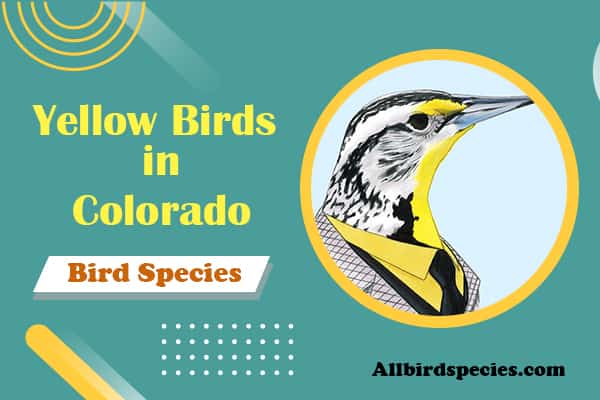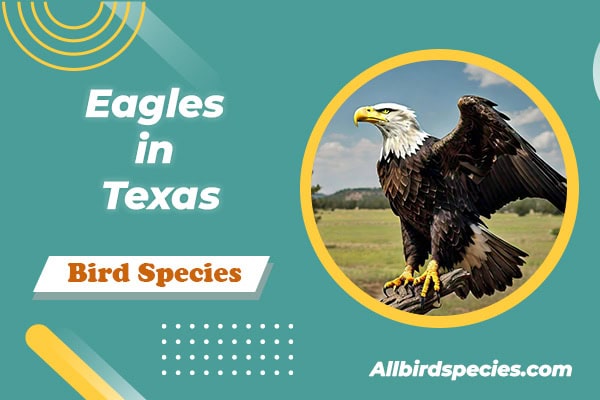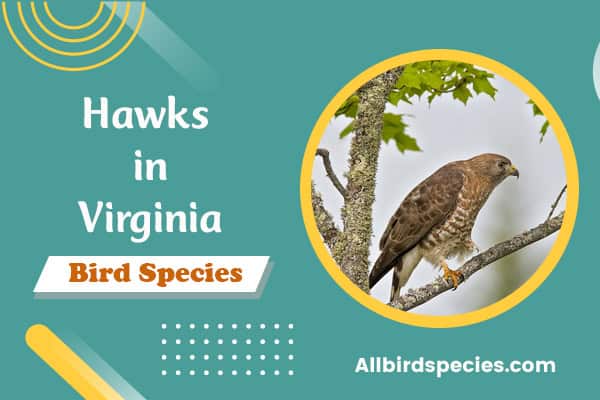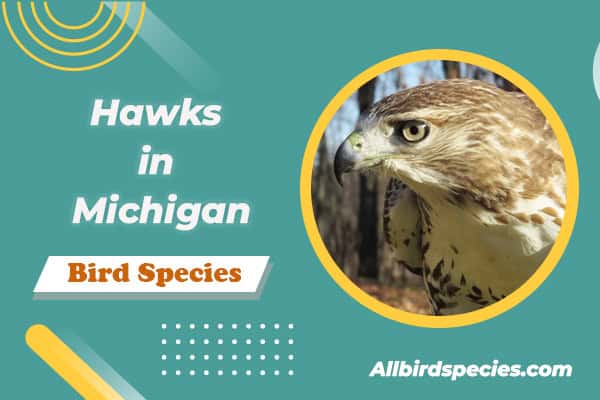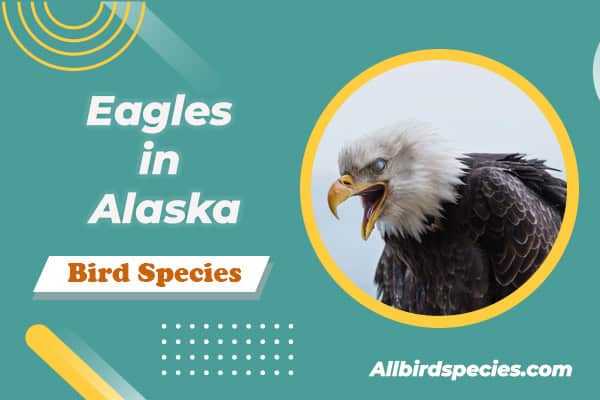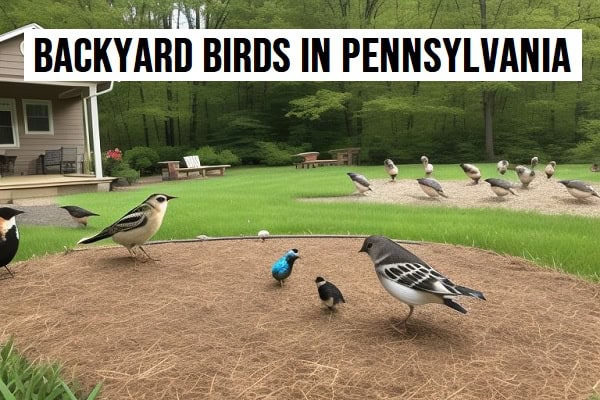List of 12 Yellow Birds in Colorado (Pictures, ID Guide, Facts)
Colorado is a paradise for birdwatchers, offering a wide range of species, from majestic birds of prey to colorful songbirds. One of the most striking groups of birds you’ll find here are the yellow birds. Whether you’re spotting them in forests, meadows, or your own backyard, these vibrant creatures never fail to amaze you.
In this article, we’ll explore 16 yellow birds found in Colorado, helping you identify them by appearance, habitat, and behavior.
Here, We’ll Learn About 12 Different Types Of Yellow Birds That are Found In Colorado! (Common and Rare Species)
Key Takeaways
- Colorado is home to several eye-catching yellow birds.
- You can spot these birds in various habitats, including forests, wetlands, and grasslands.
- This guide helps you identify 16 yellow bird species common to Colorado, making your birdwatching experience more enjoyable.
1. American Goldfinch

The American Goldfinch is one of the most recognizable yellow birds in Colorado. Males are bright yellow during the summer, while females sport a more muted olive color.
- Habitat: You can find them in fields, meadows, and suburban gardens throughout the state.
- Diet: They primarily feed on seeds, especially thistle and sunflower seeds.
- Fun fact: These birds are known for their acrobatic feeding behavior and undulating flight patterns.
Check out more about other colorful birds in Colorado on Orange and Black Birds in Colorado.
2. Western Tanager
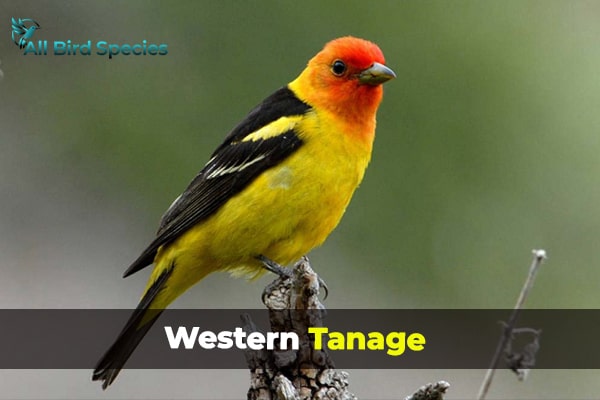
With its bright yellow body, black wings, and orange-red head, the Western Tanager stands out in any forest.
- Habitat: Found in coniferous forests at higher elevations.
- Diet: Insects like wasps, along with berries and fruits.
- Fun fact: Despite their tropical coloring, these birds breed in North America.
3. Yellow Warbler

The Yellow Warbler is a small bird that is almost entirely yellow. Males may have faint reddish streaks on their chest, but both sexes are brightly colored.
- Habitat: Wetlands and willow thickets.
- Diet: Primarily insectivores, feasting on caterpillars, beetles, and flies.
- Fun fact: Their sweet, whistled song is a common sound in Colorado wetlands during spring and summer.
4. Lesser Goldfinch
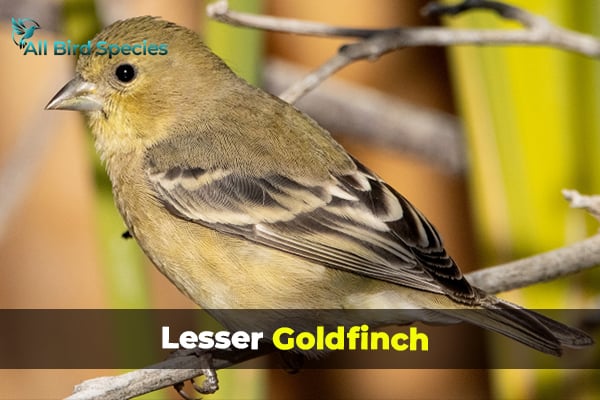
A smaller cousin of the American Goldfinch, the Lesser Goldfinch is yellow below with a black or dark green back.
- Habitat: They thrive in open woodlands, gardens, and even suburban areas.
- Diet: They enjoy seeds, particularly from dandelions and sunflowers.
- Fun fact: These birds are highly social and often found in flocks.
5. Wilson’s Warbler
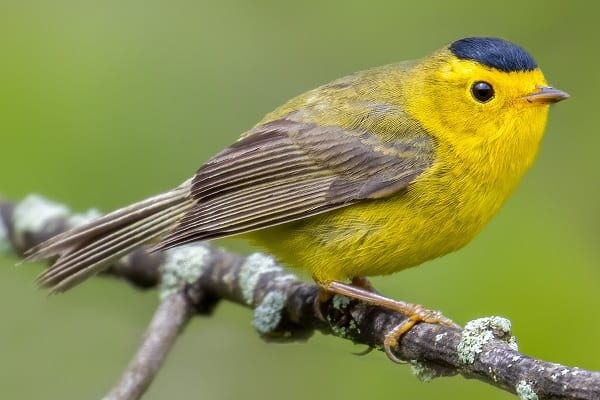
One of the more energetic species, the Wilson’s Warbler is easily identified by its bright yellow body and distinct black cap.
- Habitat: Prefers riparian zones and shrubby forests.
- Diet: Insects, particularly flies, are their main food source.
- Fun fact: This warbler flits through the vegetation with quick, agile movements, rarely sitting still.
6. Yellow-Headed Blackbird

With its striking yellow head and black body, the Yellow-Headed Blackbird is easy to spot in Colorado’s wetlands.
- Habitat: Marshes, wetlands, and large grassy areas.
- Diet: They feed on seeds and insects, making them important players in their ecosystem.
- Fun fact: They are often seen chasing away smaller birds from their nesting areas.
7. Common Yellowthroat

This small warbler has an olive back, yellow throat, and a distinctive black mask on the males.
- Habitat: They live in wetlands, marshes, and thick vegetation.
- Diet: These birds eat insects and spiders, often staying close to the ground.
- Fun fact: Their call, a distinctive “wichity-wichity-wichity,” is a common sound in their habitats.
For more bird species that thrive in wetland environments, check out Owls in Colorado.
8. Prothonotary Warbler
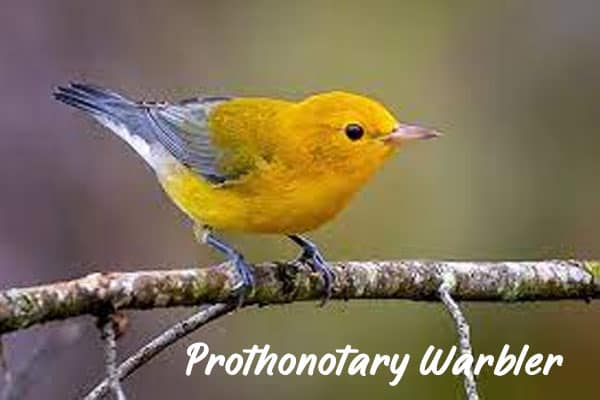
This warbler is a stunning golden yellow, with blue-gray wings that add a contrasting touch to its look.
- Habitat: Prefers forested wetlands, often near rivers and lakes.
- Diet: Feeds on insects and small mollusks.
- Fun fact: It’s one of the few warblers that nests in tree cavities.
9. Pine Warbler
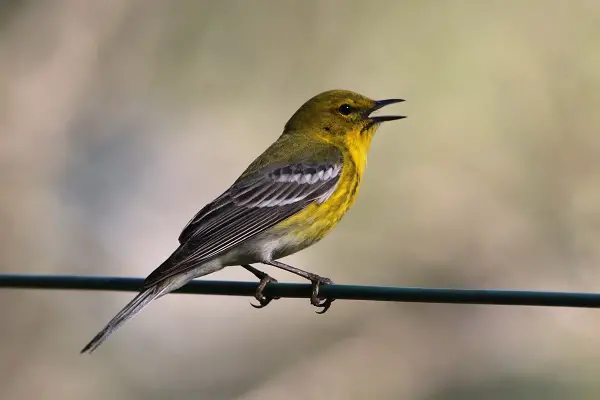
The Pine Warbler has a yellow-green color with a white belly and distinct wing bars.
- Habitat: As the name suggests, it prefers pine forests.
- Diet: Primarily feeds on insects, but will also eat seeds, especially during colder months.
- Fun fact: One of the few warblers that can be attracted to backyard feeders, especially in winter.
10. Prairie Warbler
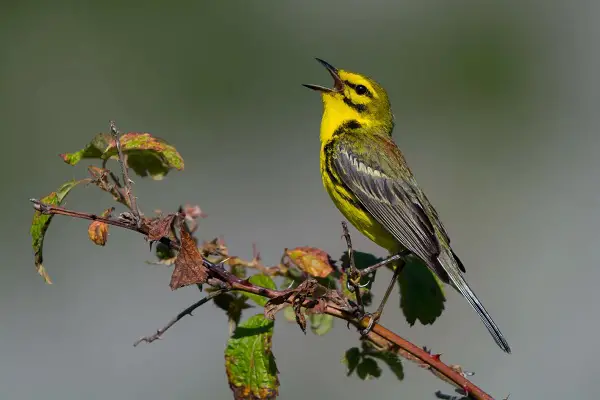
Another yellow warbler, the Prairie Warbler, is bright yellow with streaks on its sides and a unique song.
- Habitat: Found in open woodlands and shrublands.
- Diet: Feeds on insects and spiders.
- Fun fact: Despite its name, it prefers scrubby fields and regenerating forests over prairies.
11. Townsend’s Warbler

With its yellow face and dark stripes, the Townsend’s Warbler is a migratory bird passing through Colorado.
- Habitat: Found in coniferous forests.
- Diet: They consume insects but may also eat berries during migration.
- Fun fact: They are often mistaken for other species due to their migratory nature.
12. Evening Grosbeak
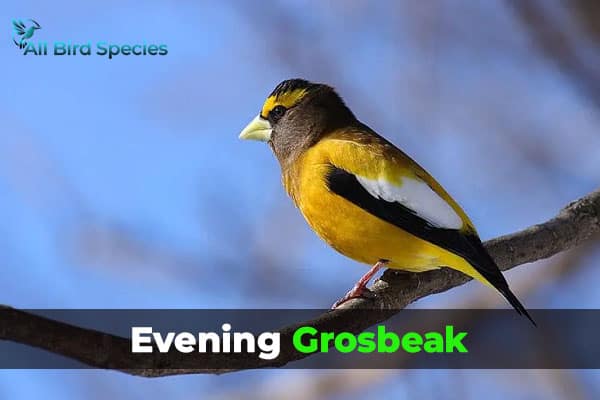
A large and stocky bird, the Evening Grosbeak is bright yellow with striking black wings and a massive bill.
- Habitat: Primarily found in mountainous regions and pine forests.
- Diet: Seeds and fruits make up the majority of their diet.
- Fun fact: Their powerful bill allows them to crack open the hardest seeds.
For more about the habits and diets of birds, check out What Do Hawks Eat.
13. Yellow-Rumped Warbler

This warbler has distinct yellow patches on its throat, sides, and rump, giving it the nickname “butter-butt.”
- Habitat: Found in open woodlands, especially pine forests.
- Diet: They switch from insects during the summer to berries in the winter.
- Fun fact: One of the most adaptable warblers, it’s found in a wide range of habitats.
14. Orchard Oriole (Immature)
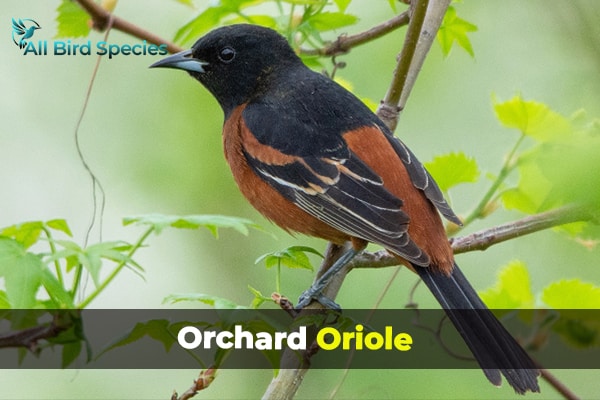
The immature male Orchard Oriole is pale yellow, often confused with other yellow birds.
- Habitat: Found in open woodlands and orchards.
- Diet: They eat insects, fruits, and nectar.
- Fun fact: The adult male is black and orange, so the yellow phase is short-lived.
15. Western Meadowlark
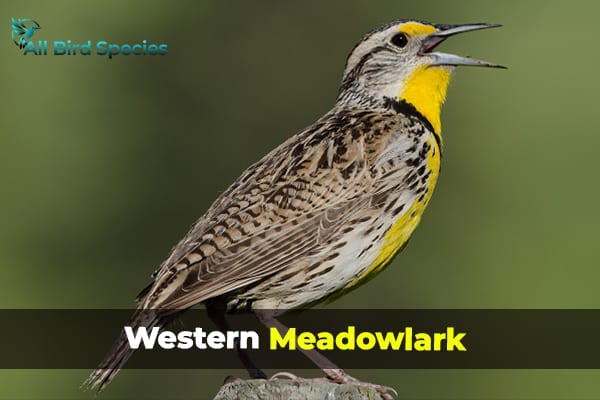
This bird’s bright yellow belly and black “V” on its chest make it a standout among grassland species.
- Habitat: Found in prairies and grasslands.
- Diet: They eat insects, grains, and seeds.
- Fun fact: They have one of the most beautiful and distinctive songs of any North American bird.
16. Audubon’s Oriole

A unique species with a black head and wings, the Audubon’s Oriole also has a bright yellow body.
- Habitat: Prefers riparian woodlands.
- Diet: Consumes insects, fruits, and nectar.
- Fun fact: These orioles are more secretive and harder to spot than other oriole species.
Read More🐦Related Articles:
- Brown Birds In Michigan
- Blue Birds in Michigan
- Yellow Birds in Colorado
- Types of Blue Bird
- Bird Beak Types
FAQs About Yellow Birds in Colorado
Q1: What is the most common yellow bird in Colorado?
The American Goldfinch is one of the most common yellow birds in Colorado. Its bright color makes it easy to spot, especially in open fields and gardens.
Q2: Do yellow birds migrate out of Colorado in the winter?
Yes, many yellow birds such as the Western Tanager and Yellow Warbler are migratory and leave Colorado in the winter. However, species like the American Goldfinch may stay year-round.
Q3: How can I attract yellow birds to my backyard in Colorado?
You can attract yellow birds by providing bird feeders with sunflower seeds, thistle, and suet. Native plants that produce seeds and berries also help.

